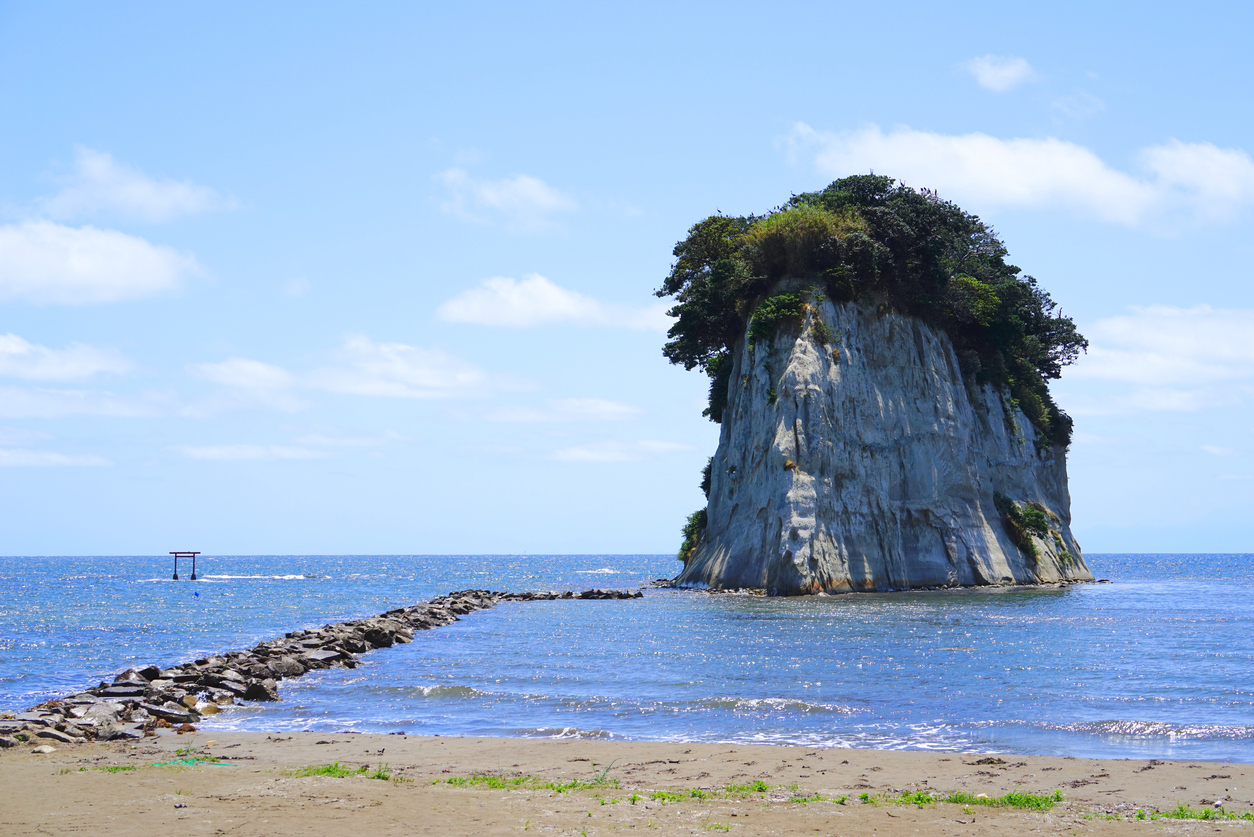2024/01/30
Noto Peninsula Earthquake Designated as an “Extremely Severe Disaster”; The Crisis Management System of the National Land Should Now be Reviewed!

On January 1, 2024, the worst risk of natural disasters that the Japanese archipelago faces became a reality on the Noto Peninsula. I would like to express my sincere condolences to the victims, and I hope that the affected areas will recover from the disaster and go back to normal. This is not someone else’s business. It is also said that there is a “70 to 80%” chance that Tokyo Inland Earthquake and Nankai Trough Earthquake will occur “within 30 years.” It means that it could occur right now, right here. How seriously have we faced the challenges raised by the Great East Japan Earthquake? Aren’t we underestimating the risks over time? We need to seriously face and understand the force of nature once again.
The huge earthquake struck the west coast of Japan at 4:10 p.m. on January 1, and the Japan Meteorological Agency immediately issued a major tsunami warning, the highest level of alert, for Noto Peninsula, Ishikawa prefecture, and urged people to evacuate. However, the geographical location of the peninsula, broken roads, villages scattered across the complex terrain, communication problems, and constant occurrence of aftershocks were all obstacles to figuring out the actual condition of the disaster. At 11:35 p.m., more than seven hours after the disaster, the Specific Disaster Management Headquarters at the Prime Minister’s Official Residence was “upgraded” to the Emergency Disaster Management Headquarters. In the afternoon of the following day, January 2, it was announced that “push-type support” had started, which does not require requests from the affected areas, and the Self-Defense Forces were deployed successively: 1,000 personnel on January 2, 2,000 on 3, and 5,000 on 5.
The “first 72 hours” after the occurrence is a crucial time in terms of the survival rate. There have been divergent opinions on whether the system to detect the crisis of the national land, chain of command in the affected areas, and initial responses were appropriate. In the morning of January 4, maritime transport by the landing ships of the Japan Maritime Self-Defense Force began to be used. The support from local governments nationwide, including the Self-Defense Forces, fire brigades, and police rescue teams, is also becoming full-scale. “How to initially respond to a disaster” must be verified sooner or later. The first and highest priority should be to search for the missing persons and support the victims to go back to their normal lives.
The safety standards for nuclear power plants also need to be verified. The shaking level at the Shika Nuclear Power Plant exceeded the assumption made at the time of plant design. The radiation monitoring systems stopped working at 15 places, evacuation routes were closed, and external power sources were temporarily disabled. The amount of oil spilled and the value of the water level at the site were also corrected and modified after the announcement. Although Hokuriku Electric Power Company has stated, “There is no safety problem.”, this may remind many people that the company once had been hiding a criticality accident that occurred at the same site for a long time. I am disappointed that Fumio Kishida, Prime Minister, just ignored and walked away when a reporter asked for an opinion on the safety of nuclear power plants at the press conference on January 4. Even after the announcement of the end of the press conference, he should have expressed his responsibility and determination in his own words as a leader of Japan. His attitude of refusal to have a conversation has given us disappointment that goes beyond pros and cons.
This Week’s Focus, January 12
Takashi Mizukoshi, the President